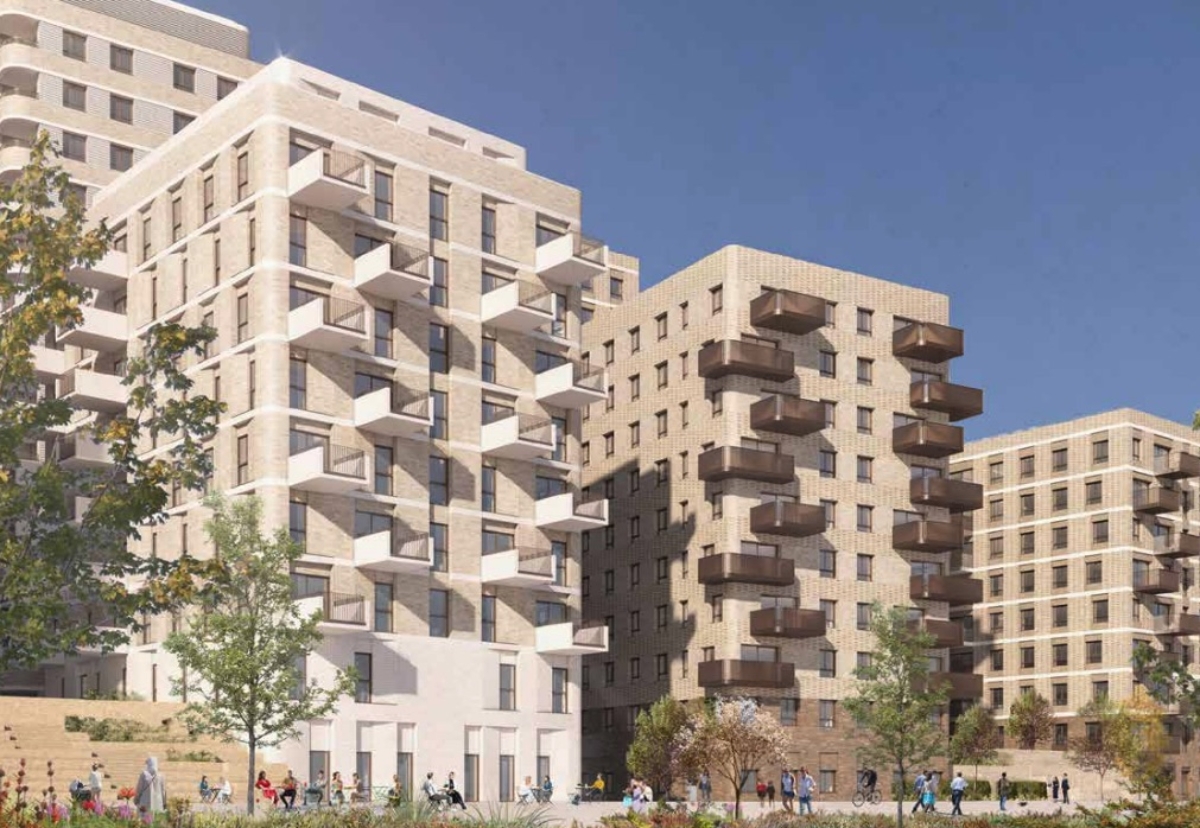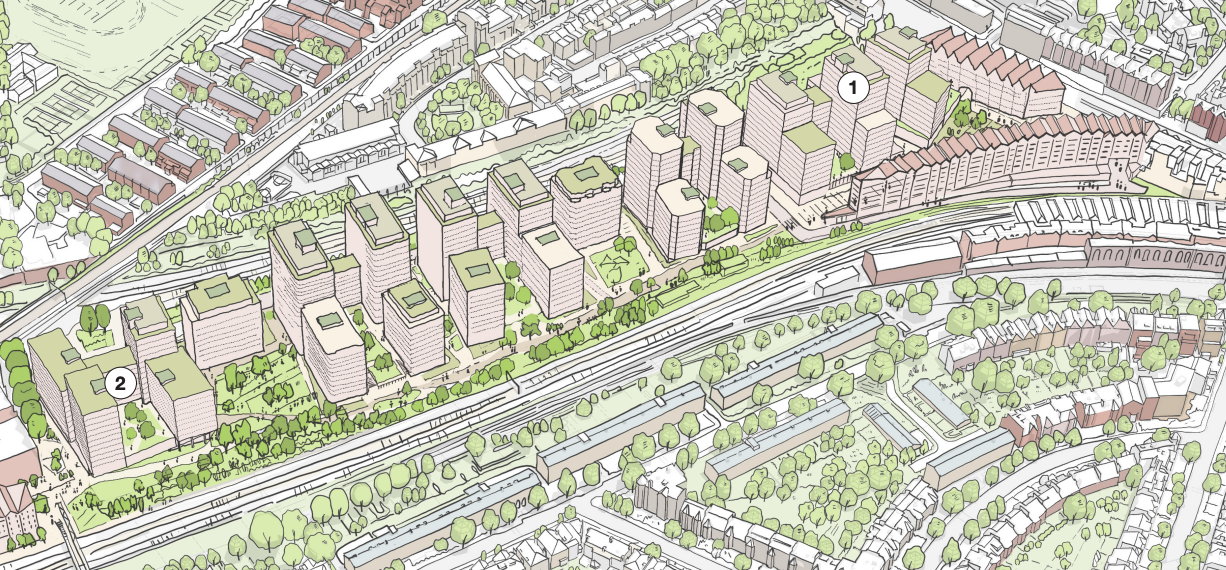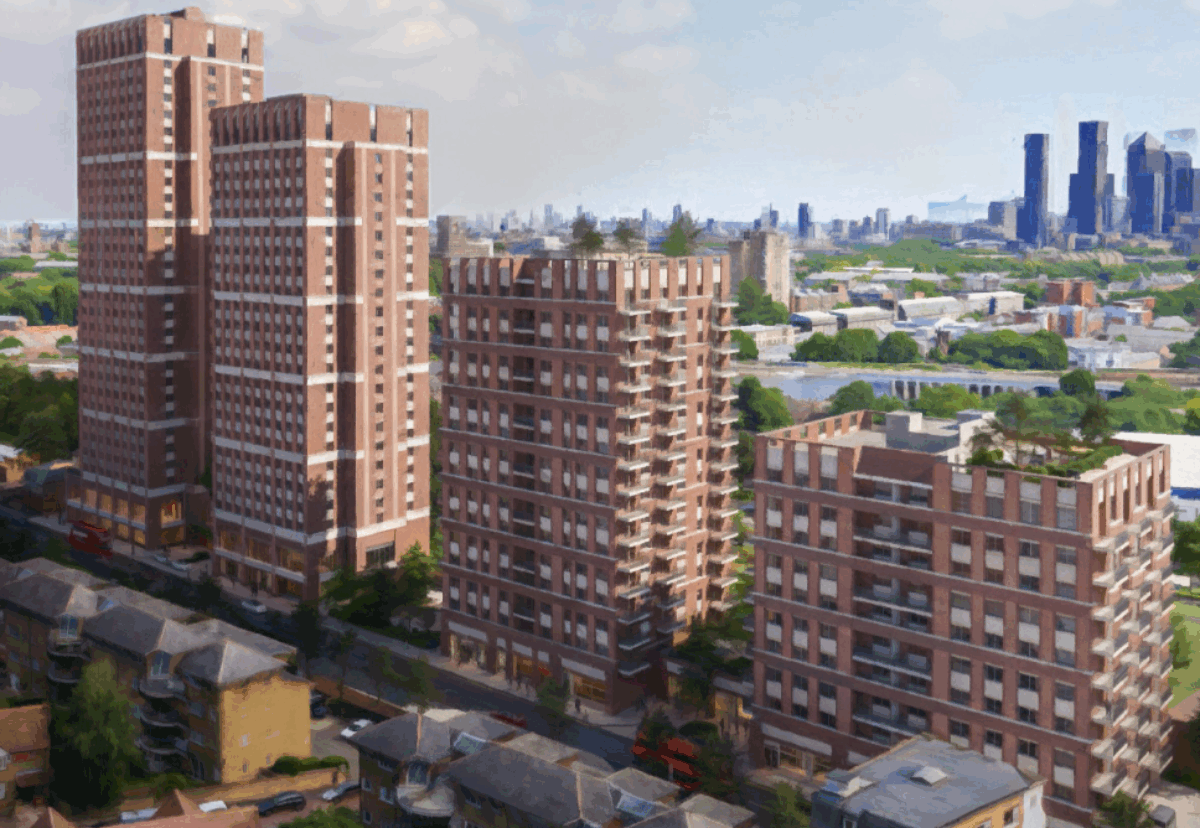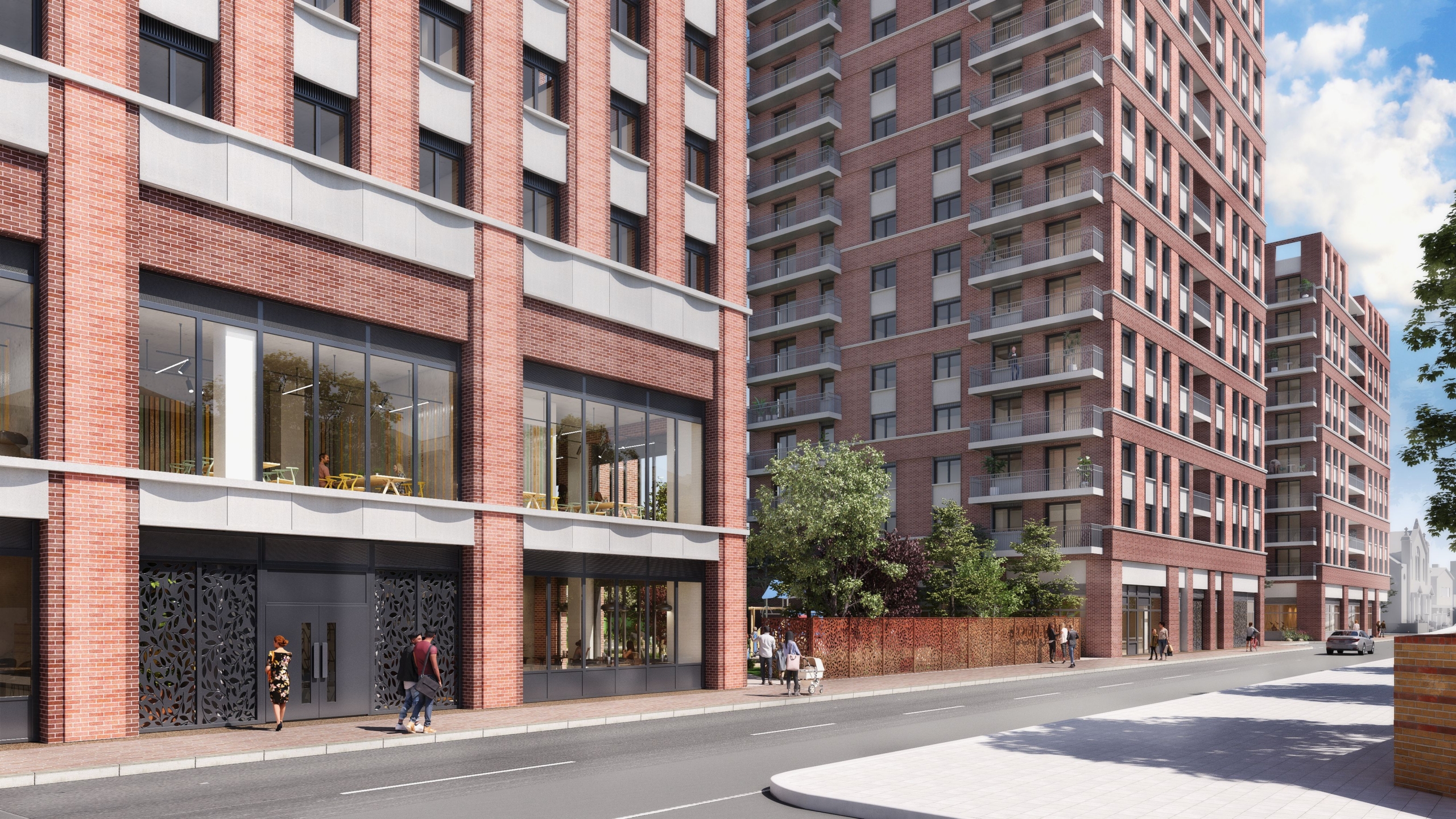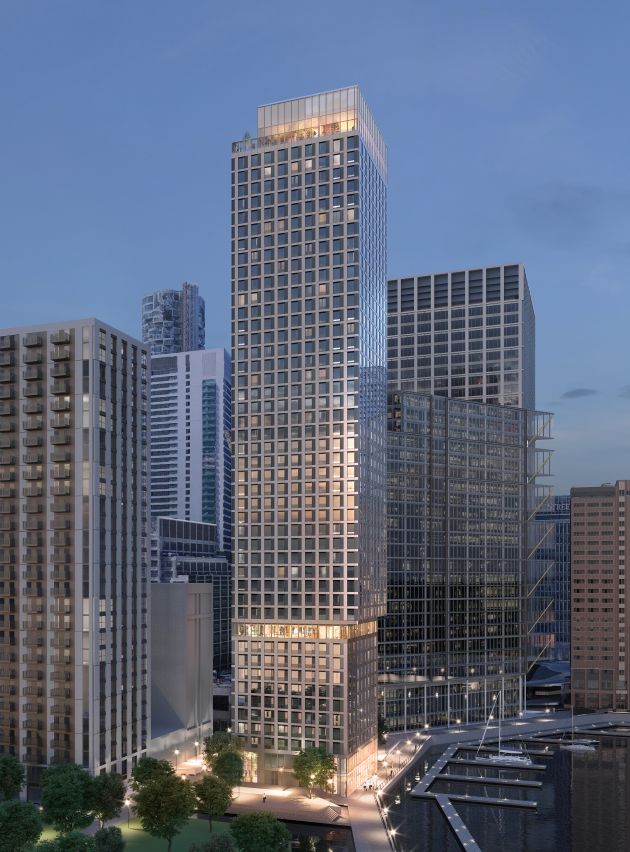The property giant is preparing to start on site from late 2026 across a trio of major residential-led projects that will deliver more than 6,000 homes.
At Finchley Road in north London, enabling works and demolition have already been completed for the first phase of a consented 1,800-home scheme. Detailed planning is in place for the first 600 homes, with a variation decision expected later this year.
In Manchester, Landsec has restructured its agreement with JV partners at the Mayfield site to unlock the potential for around 1,700 homes. A decision on detailed plans for the first 879 units is also expected in the second half of 2025.
The third key site is in Lewisham, south-east London, where a masterplan covering up to 2,800 homes – including student and co-living accommodation – is awaiting planning sign-off.
Landsec aims to recycle £3bn of capital out of offices and non-core assets to fund the residential push and a further £1bn of retail acquisitions.
Chief executive Mark Allan said: “Our capital allocation decisions from here are about ensuring that the growth outlook for our portfolio in 3-5 years’ time is as positive as it is for our current portfolio today.
“That is why we have set out a clear plan to increase investment in major retail by a further £1bn and establish a £2bn+ residential platform by 2030, to be funded by rotating £3bn of capital out of offices.”
The firm expects gross yields on housing schemes of around 6.5%, with net yields of 4.8–5.5%.
Meanwhile, Landsec has committed £600m to top-tier retail assets including Liverpool ONE and Bluewater over the past year and is targeting another £1bn of investment in prime shopping destinations where yields are currently hitting 7–8%.
| Pipeline projects | |||
|---|---|---|---|
| Project | Sq ft ‘000 | Start date | Planning status |
| Office-led | |||
| Red Lion Court, SE1 | 250 | 2026 | Consented |
| Old Broad Street, EC2 | 290 | 2026 | Consented |
| Liberty of Southwark, SE1 | 220 | 2026 | Consented |
| Hill House, EC4 | 390 | 2026 | Consented |
| Southwark Bridge Road, SE1 | 140 | 2026 | Consented |
| Nova Place, SW1 | 60 | 2027 | Design |
| Timber Square Phase 2, SE1 | 380 | 2027 | Design |
| Total | 1,730 | ||
| Residential-led | |||
| Mayfield, Manchester | 1,800 | 2026 | Consented |
| Finchley Road, NW3 | 1,400 | 2026 | Consented |
| Lewisham, SE13 | 1,900 | 2027 | Planning application |
| MediaCity Phase 2, Salford | n/m | n/m | Design |
| Total | 5,100 | ||

